5 Spicy Secrets Behind Mexican Mixture You Never Knew (But Totally Should)
Table of Contents
- Introduction: Is Your Kitchen Missing This Fiery Flavor Bomb?
- A Quick History Lesson: From Ancient Roots to Modern Tacos
- What’s Inside a Mexican Mixture? Breaking Down the Core Ingredients
- Regional Variations: Not All Mexican Mixtures Are Created Equal
- Pro Tips for Using Mexican Mixture Like a True Local
- DIY at Home: How to Make Your Own Mexican Spice Blend
- Myths vs. Facts: Common Misconceptions About Mexican Mixture
- Spice Pairings: What Goes Well With Mexican Mixture?
- Conclusion: Turn Up the Heat with Authentic Mexican Flavors
Introduction: Is Your Kitchen Missing This Fiery Flavor Bomb?
If your spice rack doesn’t include a good Mexican mixture, are you even cooking Mexican food? We’re not trying to be spicy here—just factual. Whether it’s tacos al pastor or pozole, a quality Mexican spice blend is the unsung hero that brings dishes to life.

A Quick History Lesson: From Ancient Roots to Modern Tacos
Mexican spice mixtures date back centuries, rooted in the culinary traditions of the Aztecs, Mayans, and other indigenous cultures. These early cooks used native spices like chili peppers, cumin, and coriander long before Europeans arrived with their oregano and black pepper.
- Chili peppers were considered sacred and used in both food and rituals.
- When Spanish conquistadors came, they introduced new spices such as cloves and cinnamon.
- This fusion gave birth to the richly layered Mexican spice blends we know today.
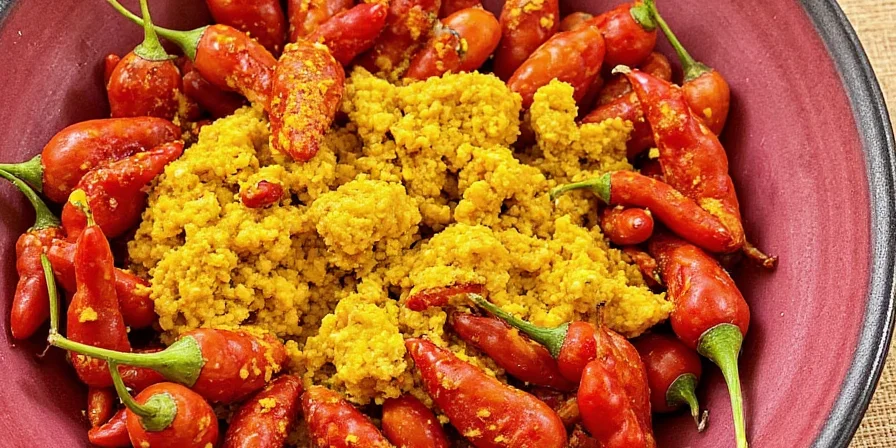
What’s Inside a Mexican Mixture? Breaking Down the Core Ingredients
A classic Mexican spice mixture typically includes:
| Ingredient | Flavor Profile | Common Use |
|---|---|---|
| Ancho Chili Powder | Sweet, smoky, raisin-like | Enchiladas, moles |
| Guajillo Chili Powder | Bright, tangy, berry notes | Tamales, marinades |
| Cumin | Earthy, nutty, warm | Tacos, chorizo, beans |
| Oregano | Herbaceous, floral | Pozole, stews |
| Garlic Powder | Pungent, savory | Almost everything! |
| Black Pepper | Sharp, biting | General seasoning |
| Coriander | Lemony, citrusy | Fish dishes, marinades |
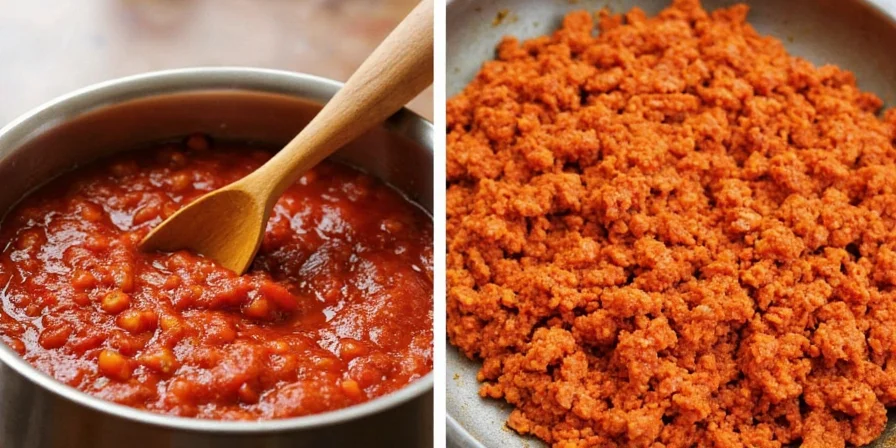
Regional Variations: Not All Mexican Mixtures Are Created Equal
Much like dialects across Mexico, each region has its own signature spice mixtures:
- Oaxaca: Known for complex mole pastes with chocolate and nuts.
- Yucatán: Uses achiote and sour orange juice in adobos.
- Northern Mexico: Emphasizes smoked chilies and bold meats.
- Central Mexico: Favors balanced blends for everyday staples like tacos and soups.
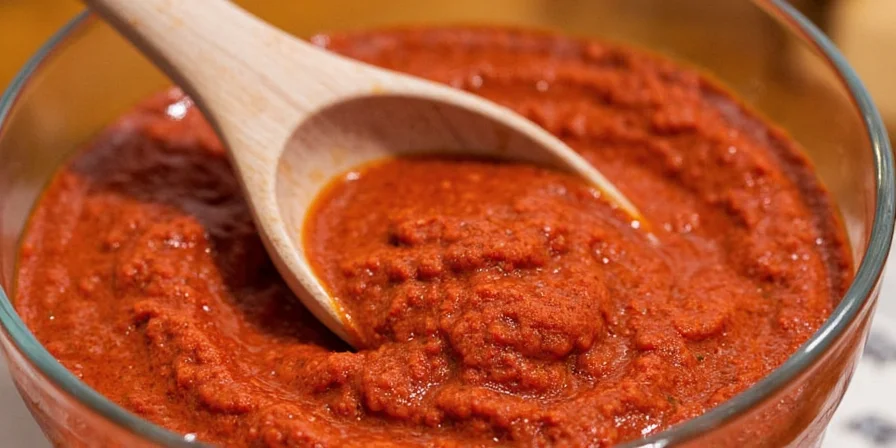
Pro Tips for Using Mexican Mixture Like a True Local
You’ve got the spice blend—now what? Here’s how to use it like a pro:
- Toast It First: Lightly toast the mixture in a dry pan to awaken the flavors before adding to dishes.
- Marinate Meats: Mix with oil, lime juice, or vinegar for a quick but powerful marinade.
- Add Late in Cooking: For delicate herbs like oregano, add them near the end to preserve flavor.
- Balance Sweetness: A dash of brown sugar or molasses can balance overly acidic or bitter flavors.
- Try It in Unexpected Dishes: Sprinkle into popcorn, roasted veggies, or even Bloody Marys for a kick!
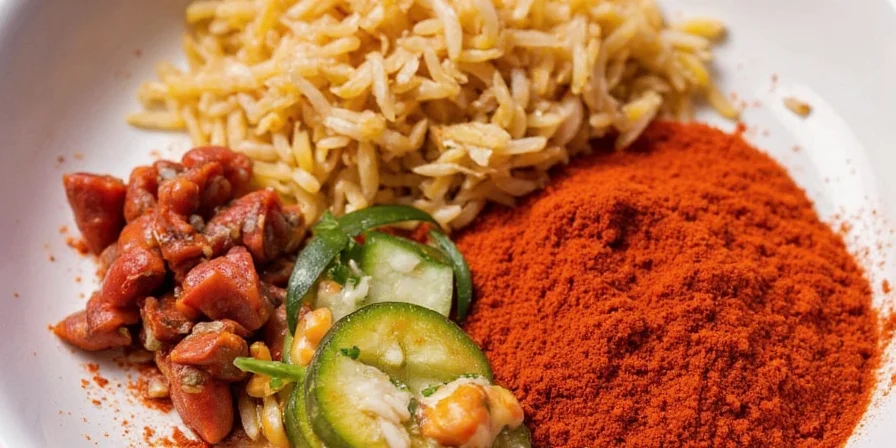
DIY at Home: How to Make Your Own Mexican Spice Blend
Want full control over your flavor destiny? Here's a simple DIY recipe:
Classic House Blend Recipe
- 2 tbsp ancho chili powder
- 1 tbsp guajillo chili powder
- 1 tsp ground cumin
- 1 tsp dried oregano (preferably Mexican oregano if available)
- 1 tsp garlic powder
- ½ tsp black pepper
- ½ tsp ground coriander
Mix well and store in an airtight container away from light and heat.
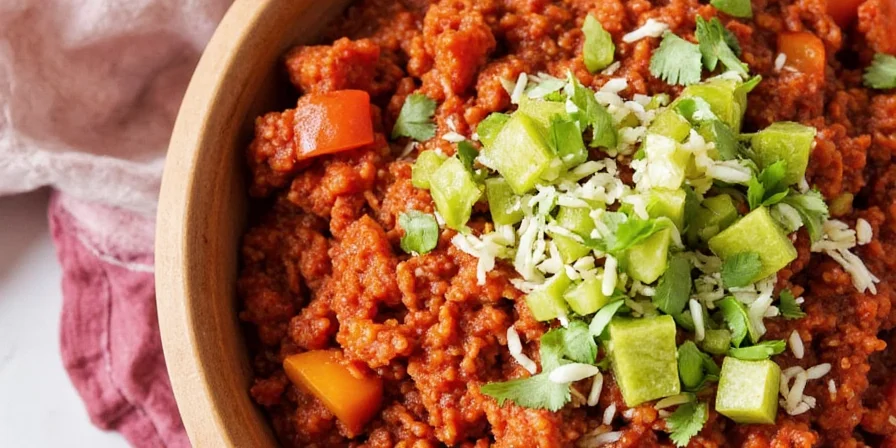
Myths vs. Facts: Common Misconceptions About Mexican Mixture
Let’s debunk some spicy myths floating around the internet:
| Myth | Fact |
|---|---|
| Mexican cuisine is always super spicy. | While heat is common, many traditional dishes use mild or sweet chilies. |
| All Mexican spice blends are the same. | Each region and household has its own variations and preferences. |
| Pre-ground spices are just as good as fresh-toasted ones. | Whole spices, when toasted and ground fresh, offer richer flavor profiles. |
| Only use it for Mexican dishes. | It adds depth to grilled meats, soups, and even vegan dishes beyond traditional borders! |
Spice Pairings: What Goes Well With Mexican Mixture?
Think outside the taco shell! Here are some surprising pairings:
- Citrus: Lime and orange cut through richness and brighten up the blend.
- Dairy: Sour cream, crema, or queso fresco temper the heat beautifully.
- Chocolate: Especially dark chocolate—common in moles for a deep, earthy note.
- Beans: Refried or black beans absorb the flavors perfectly.
- Rice: Infuse rice with the mixture before cooking for extra flavor.
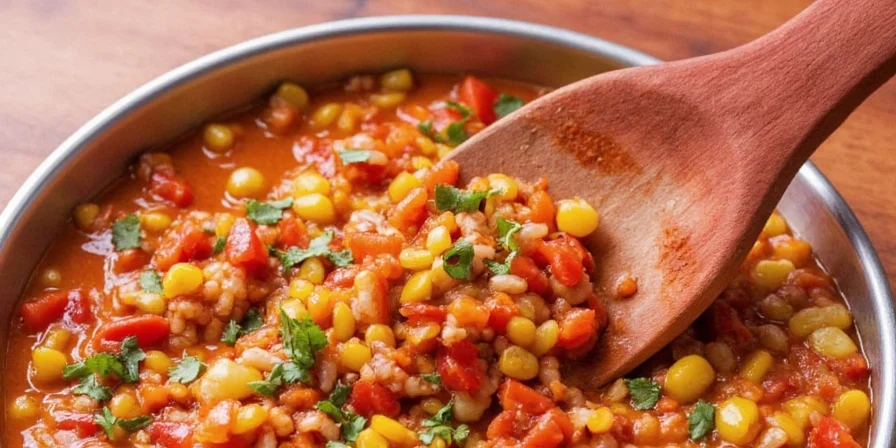
Conclusion: Turn Up the Heat with Authentic Mexican Flavors
Whether you're a seasoned chef or a curious home cook, mastering the art of Mexican spice mixture opens up a world of flavor. From understanding the history to experimenting with homemade blends, there’s no reason to settle for bland food again. So go ahead—get grinding, toasting, and mixing. And don’t forget to embrace the burn… or at least enjoy the nachos afterward.

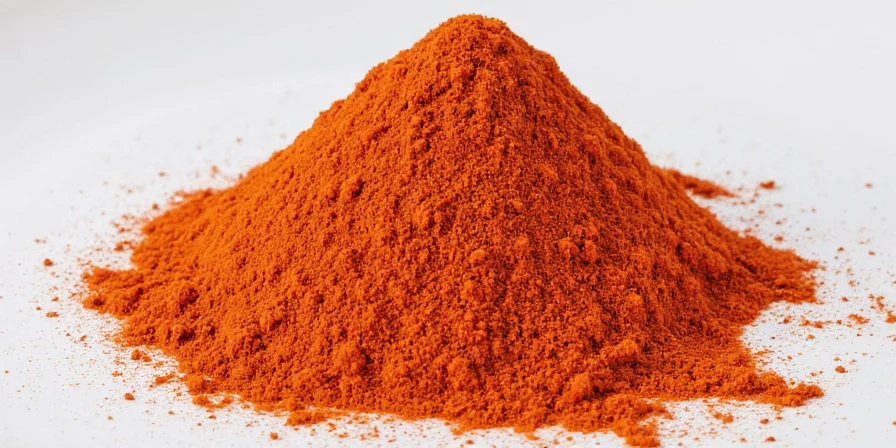









 浙公网安备
33010002000092号
浙公网安备
33010002000092号 浙B2-20120091-4
浙B2-20120091-4